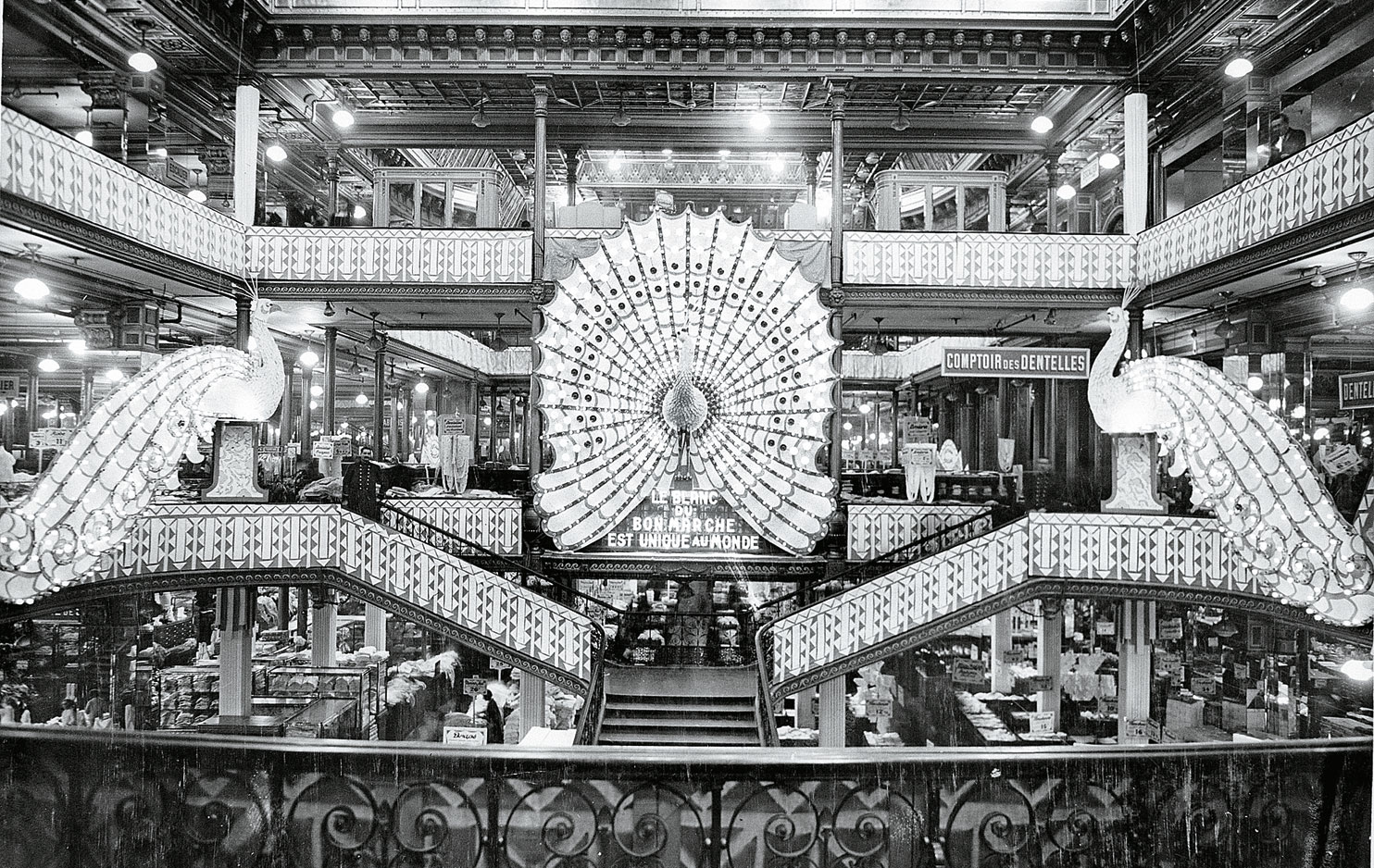
The Ladies' Paradise: Artifact Study
Document Type
Article
Date of Original Version
2014
Abstract
Handmade lace figures prominently in Émile Zola’s The Ladies’ Paradise as one of the most intoxicating wares available for sale at the fictional Parisian department store. Zola repeatedly employs the seductive powers of lace as a metaphor to represent the excesses of female preoccupation with fashion and the accompanying excesses of consumption. As a purely decorative object of great value and beauty, lace has seduced consumers of fashionable dress for centuries. This seduction arguably reached it apogee in the mid nineteenth century when the availability of a wide variety of both machine- and hand-made lace enabled its inclusion in almost every element of female dress. A length of 3 1/2-inch wide needle-lace border from the University of Rhode Island Historic Textile and Costume Collection is a superb example of the type that Madame de Boves may have stolen from The Ladies’ Paradise when “ravaged by a furious, irresistible passion for dress.”
